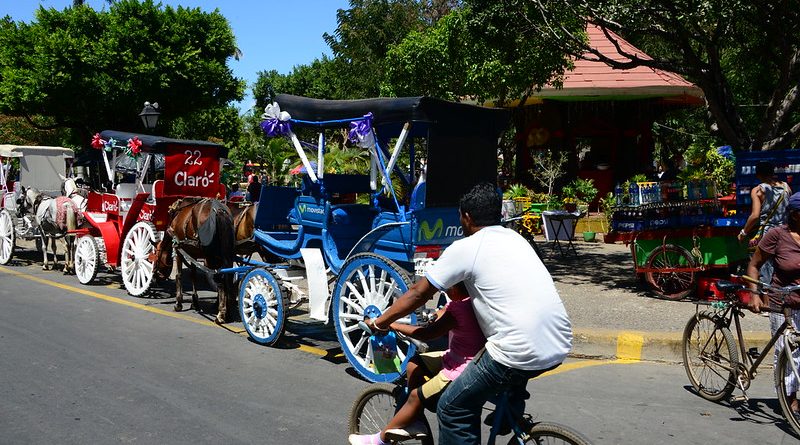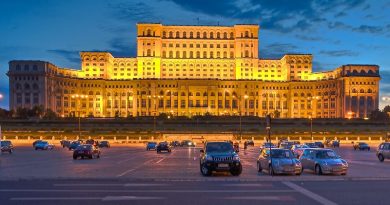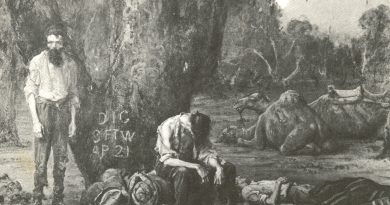A spotlight on Nicaragua
The largest country in Central America, Nicaragua has been the scene of dynamic events in recent decades, making headlines around the world for political upheaval and conflict.
As unfortunate events in Nicaragua hit the headlines once again, we’ve pooled together a number of our own resources to help brush up on this nation’s fascinating history.
Hurricane Season
2020 has seen the most active Atlantic Hurricane Season on record.
The season officially started on June 1 and will officially end on November 30, though tropical cyclones can form at any time.
Nicaragua’s Caribbean coast has been hit two major hurricanes this month, making 2020 the only year with two severe storms in the month of November.
Locations
Managua is the capital city of Nicaragua and home to over a quarter of the nation’s population. Despite being the nation’s main transport, economic and entertainment hub, the city is not a major tourist destination thanks to years worth of destruction and chaos caused by natural disasters, socioeconomic problems and political unrest and revolution.
More touristic destinations include Granada, The Corn Islands and Matagalpa, along with the many incredible lakes and volcanoes that the country has to offer.
Read: Nicaragua: Locations
A Brief History
Pre-Columbian History
The peoples of the area now known as Nicaragua were largely hunter gatherer and fishing communities, and civilasation was related by culture to mesoamerican civilisations such as the Maya and the Toltec with further influence from the Andean cultures geographically surrounding them.
European Discovery
Perhaps unbelievably, the colonisation of the Americas occurred almost by accident, with the majority of voyages motivated by the desire to seek an alternative route to Asia and its lucrative natural resources.
The first European discovery of what is now Nicaragua was stumbled upon by Christopher Columbus on his fourth voyage in 1502 where he explored the Atlantic coast, not encountering any indigenous tribes.
It was not until 20 years later when Spanish explorer and conquistador Gil González Dávila arrived that a Nahua tribe was encountered.
Despite discourse and hostility, the Conquistadors began to set up permanent settlements for the Spanish with two principle cities: Granada and Leon – two cities which are widely visited for their colonial history to this day.
Read: Great Explorers: The Americas
The Spanish Empire
Many of the tribes people were displaced and sent to work as slaves in Peru and Panama as the Spanish Empire expanded. Others were killed by the spread of diseases that had both arrived with and been exacerbated by the poor conditions created by the Spanish.
Study Guide: Epidemics Throughout the Ages
Further to this, the Spanish conquerors quickly took indigenous wives and partners resulting in a multi-ethnic mix in just a few short generations; the mix which still makes up most of the population in the west of modern day Nicaragua.
Watch: Empire Builders: The Spanish Empire
Nicaraguan Independence
Once the Spanish Kingdom of Guatemala was dissolved in 1821, Nicaragua became a part of the First Mexican Empire, a monarchy which was overthrown just two short years later. Nicaragua subsequently joined the federal Republic of South America for several years before eventually becoming an independent republic in 1838.
Study Guide: Latin American Independence Movements
Travel Writers: Climbing Concepcion by Shannon Cram
Shannon and her partner Adrian embark on the epic ascent of Concepcion, the larger of the two volcanoes which make up Isla de Ometepe in Lake Nicaragua. Read more…
Fair Trade: Working on a Nicaraguan Coffee Farm
In the early nineties, Nicaragua embraced a new economic model of export-led growth. It increased its production of coffee and deepened its dependence on it, just as other developing countries did the same. The result was a glut of coffee on the market and an almost 50% drop in its world price since 1998. Read more…
Watch: The Story of… Coffee




